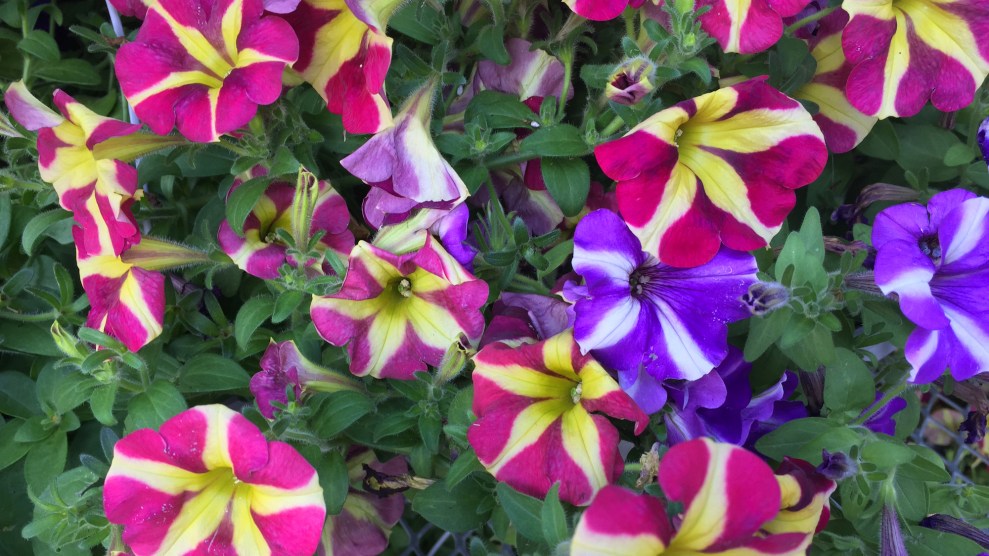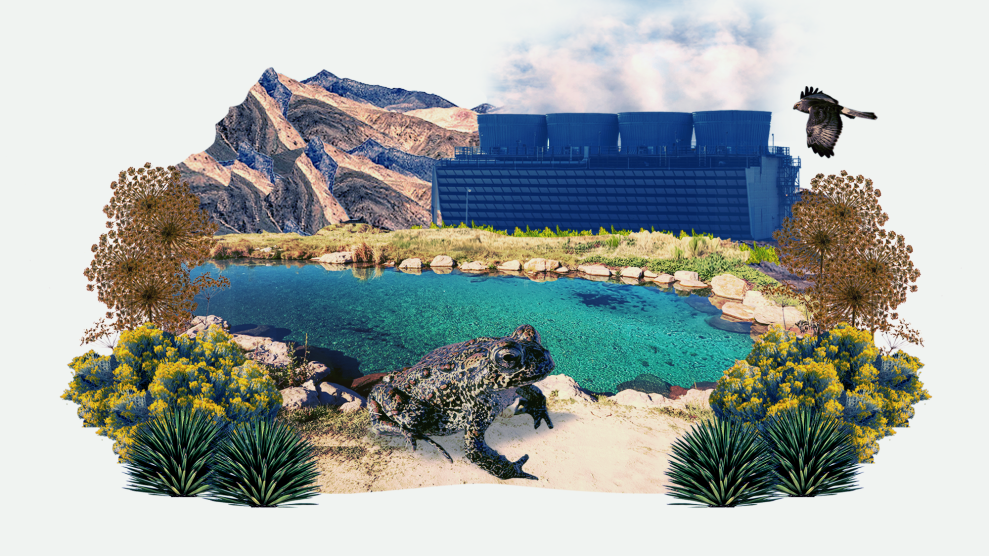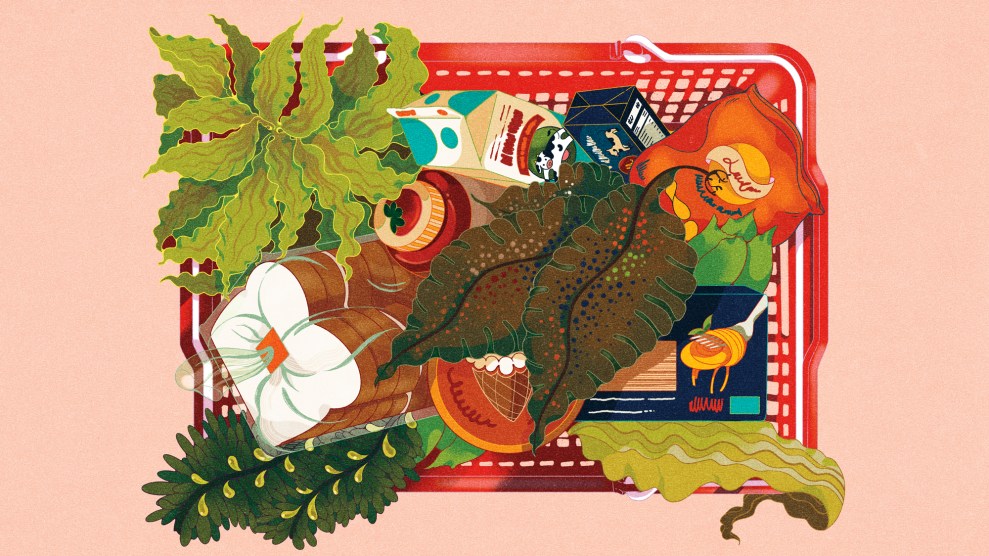
Pansy flowersZuma
This story was originally published by the Guardian and appears here as part of the Climate Desk collaboration.
Flowers are “giving up on” pollinators and evolving to be less attractive to them as insect numbers decline, researchers have said.
A study has found the flowers of field pansies growing near Paris are 10 percent smaller and produce 20 percent less nectar than flowers growing in the same fields 20 to 30 years ago. They are also less frequently visited by insects.
“Our study shows that pansies are evolving to give up on their pollinators,” said Pierre-Olivier Cheptou, one of the study’s authors and a researcher at the French National Centre for Scientific Research. “They are evolving towards self-pollination, where each plant reproduces with itself, which works in the short term but may well limit their capacity to adapt to future environmental changes.”
Plants produce nectar for insects and in return insects transport pollen between plants. This mutually beneficial relationship has formed over millions of years of coevolution. But pansies and pollinators may now be stuck in a vicious cycle: plants are producing less nectar and this means there will be less food available to insects, which will in turn accelerate declines.
“Our results show that the ancient interactions linking pansies to their pollinators are disappearing fast,” said lead author Samson Acoca-Pidolle, a doctoral researcher at the University of Montpellier. “We were surprised to find that these plants are evolving so quickly.”
Insect declines have been reported by studies across Europe. One study on German nature reserves found that from 1989 to 2016 the overall weight of insects caught in traps fell by 75 percent. Acoca-Pidolle added: “Our results show that the effects of pollinator declines are not easily reversible because plants have already started to change. Conservation measures are therefore urgently needed to halt and reverse pollinator declines.”
The method used in the study is called “resurrection ecology”. It involved germinating ancestral pansy plants from seeds collected in the 1990s and 2000s, which were being stored in the national botanical conservatories. The team compared how four populations of field pansies (Viola arvensis) had changed during this period.
Other than changes to the flowers, they found no other changes between the populations, such as the leaf size or total size of the plant, according to the paper, published in the journal New Phytologist.
If flowers are not likely to attract insects, then a plant is wasting energy making them large and nectar-rich. Previous research has shown the percentage of field pansies relying on self-pollination has increased by 25% over the past 20 years.
“This is a particularly exciting finding as it shows evolution happening in real-time,” said Dr. Philip Donkersley, from Lancaster University, who was not involved in the study.
“The fact that these flowers are changing their strategy in response to decreasing pollinator abundance is quite startling. This research shows a plant undoing thousands of years of evolution in response to a phenomenon that has been around for only 50 years.
“Although most research has been done in Europe and North America, we know that pollinator declines are a global phenomenon. These results may just be the tip of the iceberg: areas with far greater plant diversity will likely have many more examples of wild plants changing their pollination strategies in response to a lack of pollinators.”
Similar processes can be seen in invasive populations that need to adapt to new ecological niches. Populations of foxglove have evolved to be pollinated by bumblebees in Europe. However, 200 years ago they were introduced to Costa Rica and Colombia, and they have since changed the shape of their flowers so they can be pollinated by hummingbirds, researchers found.
Other research shows plants that are unable to self-pollinate go the other way, producing more pollen when pollinators are scarce. Because they cannot resort to other methods, they have to outcompete other plants to attract a shrinking number of pollinators.
Prof Phil Stevenson, from Royal Botanic Gardens, Kew, who was also not involved in the research, said it made sense that traits that guide or reward pollinators are likely to change when the number of pollinators drops, especially among species that have the option of self-pollinating.
“This is especially so for reproduction,” he said, “which is arguably the most important living function of organisms and likely the most adaptive trait of all.”















